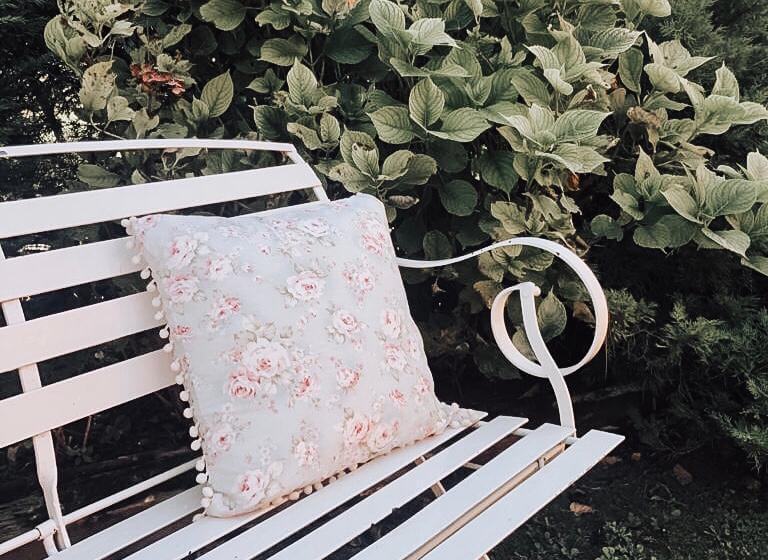It is curious and at the same time, funny, to discover how our mothers and grandmothers were one step ahead in such an innovative matter as sustainability is.
I was luckily born in a very large family. Although we never lacked anything, common sense prevailed both in domestic logistics and in the purchase of personal things.
Local food
To begin with, they opted for 100% local food. They bought in the market and we ate the best seasonal produce. If there were strawberries in June, in December there were mandarins. This way and without knowing it, our elders already contributed to curbing the emissions generated by transporting food.
Nothing was thrown away and, therefore, organic waste was reduced. We already know that some of the best dishes of our cuisine were born by reusing food leftovers (a good stew or “escudella”, the famous cannelloni or a “suquet” of fish).
Invest in quality, instead of quantity
Our grandmothers threw away less. Clothes used to pass from one brother to another and when it tore, it was mended. For this reason it was common to see pants with knee pads and trimmings.
I perfectly remember that we only had new clothes to wear at Christmas or at Palm Sunday … and during the week, we were always in uniform. Now we open our closets and there are still days when “we don’t know what to wear” due to an excess of items.
Also, at that time there was no planned obsolescence: a well-cared for refrigerator or washing machine could last for years and years!
Re-use
In this aspect they have also been true stars. Surely, we have all seen the bread cloth bag or the wicker carrycot at home to go shopping.
What we technically know today as the circular economy was already implemented in the past because many consumables were purchased in bulk and sold in reusable containers. For example, until a few decades ago, fresh milk was sold in glass jars that, once empty, were returned to the dairy for refilling. And the same happened with soft drink bottles, which could be returned to shops in the neighborhood and get the equivalent of about 20 cents. Moreover, the water was sold in glass jugs. Of course, plastic was not used for packaging, as we do now.
We can keep remembering many more examples and if we ask them, they will get us a good laugh. Ultimately, this reflection leads me to a conclusion: the current tendency to become aware of all our actions and the effect they have on our planet has a lot of common sense.
For this reason, we are trying to take steps in this regard, and the organization of events is no exception. As a result of the demand for events that take into account the sustainability factor, we are taking up some of these old traditions. Do you want to know more about our sustainable weddings? Contact us without compromise.
